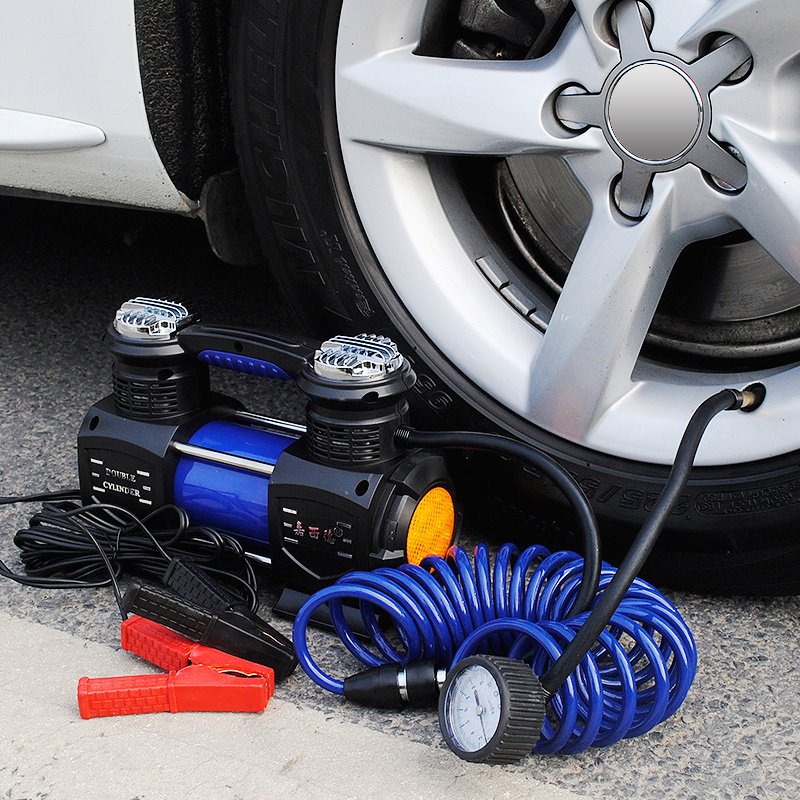A trip can be fun, or it can be frustrating, depending on the state of your tires. When your tires are properly inflated, you will have a safe and comfortable trip. If they are not, you could encounter major problems, such as a blowout on the road. Dual RV tires add an extra wrinkle to your tire maintenance.
If a tire is underinflated even as low as 20%, it reduces its lifespan by 30%. Likewise, if it is overinflated in the same percentage, there is a 10% decrease in the tire’s life expectancy. Moreover, there is an increase in the chances of something going wrong along the way.
Inflating an RV tire is simple, or at least it should be. But with dual RV tires, it becomes a little more complicated. This article will provide a detailed step-by-step guide on how to inflate dual RV tires.
A vehicle having dual RV tires means there are two tires side by side. Dual tires are usually located at the rear of a vehicle. Generally, dual RV tires are more common with Class A and Class C motorhomes.
Dual tires have their benefits, as each tire helps share the load with the other. As such, overloading is less likely. Another benefit is that it improves braking compared to a single-rear-wheeled vehicle. But beyond stability, dual tires are beneficial when one gets damaged. The undamaged tire helps maintain some control until the vehicle can stop and the other tire is fixed.
Step 1: Get an air compressor. The air compressor should be one with a high enough PSI rating. Dual RV tires are typically required to be filled to as high as 120 PSI. However, not all air compressors can go that high. If you decide to use an air compressor, make sure it can reach at least 120 PSI.
Step 2: Get a pressure gauge. You will need a pressure gauge long enough to reach the valve stem to use the air compressor.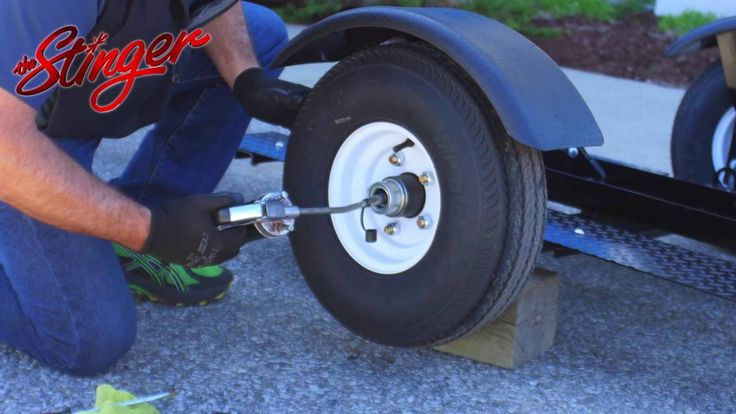 The pressure gauge helps you keep an eye on the tire’s PSI to ensure you don’t underinflate or overinflate.
The pressure gauge helps you keep an eye on the tire’s PSI to ensure you don’t underinflate or overinflate.
Step 3: Inflate the outside tire. Detach the stem cap, attach the air hose and chuck to the valve system, and add air to the tire. Remember to check the tire pressure while inflating the tire. Then, replace the stem cap.
Step 4: Access the inner wheel’s valve stem. To fill your dual RV tire, you must reach the inner valve stem. An angled inflator chuck helps you reach the valve better. Inflator chucks also come in different lengths. However, you may have to do a few trials to know the one that works. Alternatively, you can consider getting a valve stem extension that has multiple angles.
Step 5: Attach the inflator chuck to the valve stem of the tire. Hook the valve stem with the air compressor.
Step 6: Fill the inner tire with the air compressor. The next step is to squeeze the lever on the compressor hose and pump air into the tire.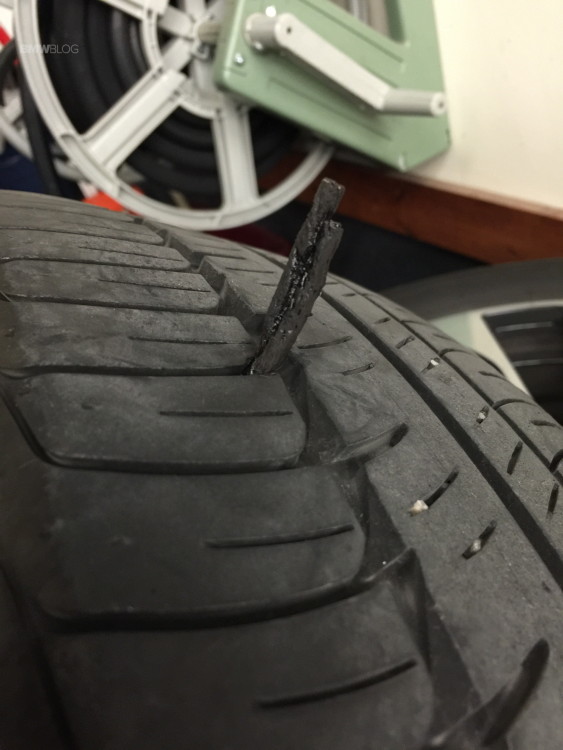 Release the lever and check the current PSI rating of the tire. Keep doing this until you reach the required pressure. Go slowly and steadily because while you want to reach the expected rating, you don’t want to go above. Underinflated tires will overheat and pose greater risk of an accident. Overinflated tires will decrease in the tire’s lifespan and cause a rougher ride. Both scenarios can cause premature tire failure.
Release the lever and check the current PSI rating of the tire. Keep doing this until you reach the required pressure. Go slowly and steadily because while you want to reach the expected rating, you don’t want to go above. Underinflated tires will overheat and pose greater risk of an accident. Overinflated tires will decrease in the tire’s lifespan and cause a rougher ride. Both scenarios can cause premature tire failure.
Step 7: Replace the stem cap. When replacing, tighten the cap moderately to prevent the cap from cracking.
Watch this video on YouTube
You may encounter some challenges while inflating your dual RV tires. The most common problem is accessing the inner wheel’s valve stem. If your dual rims are properly aligned, reaching the inner stem shouldn’t be difficult. In addition to misaligned rims, you may have valve stems that are too short or missing the extender.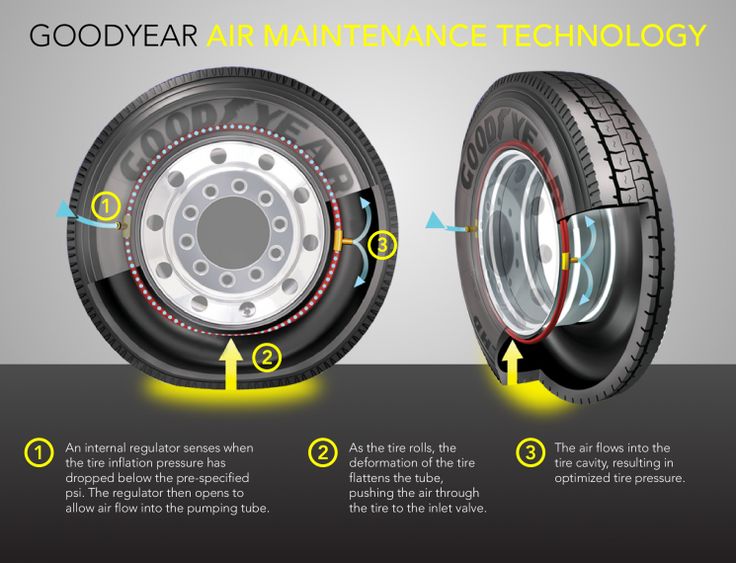
Another issue is the protective rubber saddle that keeps the valve stem centered in the outer wheel is missing or worn. This causes the stem to wear on the edge of the outer wheel.
Semi-trucks and large buses or motorhomes may utilize a tire pressure equalization system, which ensures both tires are at equal pressure. You typically don’t see these on RVs, but high-end motorcoaches might be a good candidate for them.
Either way, it’s important that both tires in a dual pair be set to the same pressure.
As always, check your owner’s manual to know the required pressure rating for your RV tires. Check the tire to know its pressure rating. The pressure ratings are usually located on the sidewall of the tire, however, it’s best to weigh your RV and set tire pressure according to load charts for your tire manufacturer, based on the weights taken.
Check your dual RV tires:
Dual RV tires add only a few extra considerations to your regular tire maintenance. Ensure they are equally pressured and the inner valve stem is in good shape, and you should be fine. Also consider a good tire pressure monitoring system for constant tire pressure monitoring.
Make sure you keep track of all your RV maintenance and repairs with an online tool such as RV LIFE Maintenance. Not only can you keep all of your documents in one place, but you’ll also receive timely reminders when maintenance is due to help you avoid costly repairs and potentially serious accidents.
Mark Johnson is the Founder and Editor In Chief of tiresglobe. com.
com.
Research Campgrounds, Plan RV Safe Routes & Turn your phone into an RV GPS.
Try the RV LIFE Pro Bundle FREE for 7 days
It’s the wanderlust, the freedom of the open road. It’s not the destination, but the journey. It’s exploring the world. You don’t need a house because when you travel, you’re home. That’s RV LIFE.
The problem is, planning epic RV journey is somewhat complex. At RV LIFE, we believe it should be simple. As RVers ourselves, we understand the process and have helped millions of RVers journey with confidence and make their travel dreams come true.
RV Trip Wizard helps you plan the perfect trip and our RV GPS app turns your phone into an RV Safe GPS to get you there safely. Have a question about ANYTHING related to RVing, join the conversation at any of our awesome RV forum communities.
Step 1: Click here to learn more and sign up for the free trial.
Step 2: Plan your dream RV trip.
Step 3: Enjoy unforgettable memories!
This post contains affiliate links.
Adding air to your RV’s tires should be straight forward but when you are faced with dual tires, also known as dually tires or duallies, it can seem a little more complicated. There are a few different ways that you can go about adding air to your dual RV tires, and the best one is going to be the one that you are most comfortable with but some ways are definitely easier than others.
To inflate dually tires, access the inner valve stem (with or without an extender), attach the chuck to the valve stem and use an air compressor with a high PSI rating to fill the tires.
RV tires are expensive, and nothing puts a damper on a trip like a blowout. Properly inflating your RV’s tires is going to help extend the life of your tires and keep your trip rolling smoothly. I’ve got a couple of tips and tricks that will make the process of properly inflating your duallies easier.
Table of Contents
Adding air to the outside tire is easy – you just remove the stem cap, attach the air hose and chuck to the valve stem, fill the tire while checking the pressure, then replace the stem cap. Inflating the inside tire is when it gets fun.
One of the biggest challenges that comes with filling dually tires is accessing the inner wheel’s valve stem. If your dual rims are properly aligned then you won’t have as much trouble reaching it. If you’re like 99% of RV owners, your dual rims won’t seem to be properly aligned.
You can fix this by taking off the outside tire to reposition it so that the inner valve stem comes through the cutouts in the rim. Once your inner valve stem is at least accessible you’ll be able to fill it in the future without taking off the outside tire.
Fix It Yourself is a self-guided online course where certified RV tech Ed Wilcox walks you through all the steps you need to know to properly maintain your rig and fix problems when they come up. Check it out HERE!
Check it out HERE!
You can either use a personal air compressor or an air pump at a gas station, truck stop, etc to fill your tires, but if you do decide to use your air compressor you have to make sure it has a high enough PSI to get the job done. Dually tires typically should be filled to 80 PSI, and not all air compressors will be able to reach that pressure.
To use your compressor you’ll want to get a pressure gauge that’s long enough to reach the valve stem, which means you’ll need about a 12-inch hose without a valve stem extension installed.
The pressure gauge will let you keep an eye on the tire’s PSI as you’re filling to make sure that it doesn’t get under- or overinflated. You can monitor the pressure by just placing the pressure gauge onto the valve stem without pumping any air into the tire.
Sale
AstroAI Digital Tire Inflator with Pressure Gauge, 250 PSI Air Chuck and Compressor Accessories.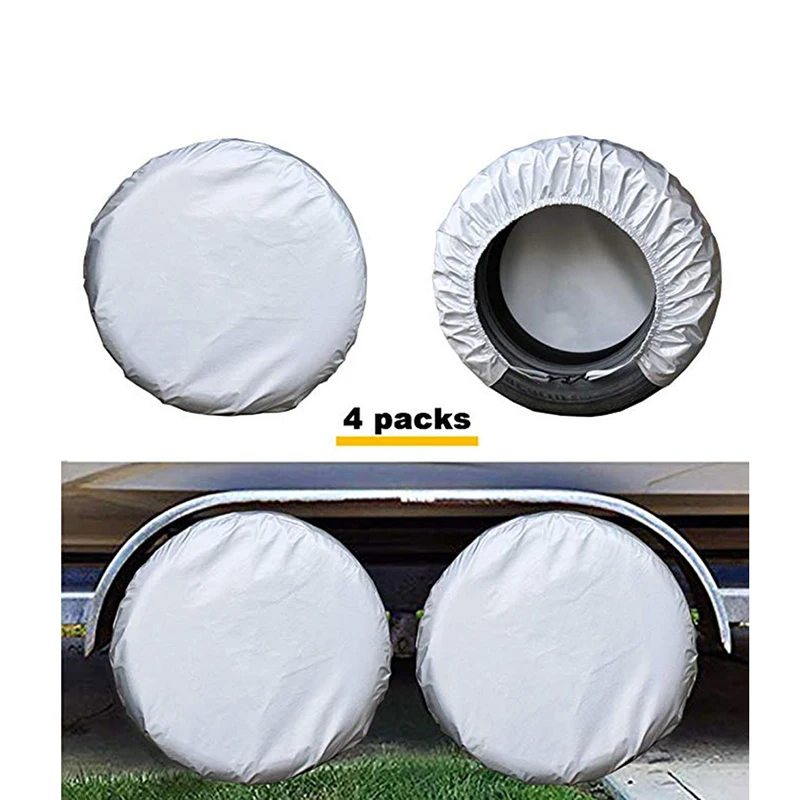 2; Includes an inflator, straight locking...
2; Includes an inflator, straight locking...
If a tire is under-filled it will cause more wear and tear on the tire, not to mention it can make your RV more prone to tipping over which is definitely something you do not want to deal with. If your tire is overfilled, you increase the likelihood of a blowout and you also decrease your tire’s lifespan.
In order to fill the tire, you can try using an angled inflator chuck to better reach the valve stem and you can also find them in different lengths. It may take some playing around with different chucks to find the one that works best for your RV. You can also try getting a valve stem extension with different angles like 90 degrees, 120 degrees, etc.
Once you have your air compressor hooked up, squeeze the trigger/lever on the compressor hose to pump air into the tire and release the lever to see what the tire’s current PSI is.
A valve stem extender is exactly what it sounds like – a part that you can install to extend the length of your valve stem. Most of them are made of stainless steel and they attach directly to the tire stem, and you can leave them installed so that you’re all set for next time.
Sounds great, right? No more cramped spaces, no more fumbling for the valve stem, no more hassle.
While that may sound like the best thing in the universe (especially if you’re already an hour into trying to check your dually tire pressures), most RV forums are actually pretty divided on how well they work and especially how safe they are for your RV.
Some people argue that they’re just as hard if not harder to install than just putting the chuck on the stem, and other people have had bad experiences with them leaking if left on for long periods. Still other people have reported the inside of the valve stem, which is rubber, deteriorating despite the stainless steel exterior.
On the other side of the coin many people swear by them, saying they have never had a problem and their valve stem extenders make the dually filling process so much easier.
Some newer and higher-end RVs will come with extenders already installed, which is awesome. If that’s the case then you can use them until you have to replace the tires and then look at replacing the extenders at the same time.
There are many valve extender kits that have good reviews and are recommended on the RV forums, but everyone seems to agree that you should avoid the airless stem extenders. One person reported losing two perfectly good tires in less than a year thanks to leaks from the airless extenders.
CKAuto 6 Pack 45 Degree 90 Degree 135 Degree Metal Valve Stem Extenders, Universal Valve Stem...
 ..
..This is an equalizing valve that allows air to flow freely from one tire to the other, allowing both tires to be at equal pressure. I know what you’re thinking – I just checked the tire pressures and they’re both the same. Why would I need something like this?
While the tires will be at the same pressure after you fill them, on the road is a different story. The inside tire is going to heat up more due to lower airflow and the in-board brakes, and this higher temperature is going to cause the pressure in your inside tire to rise as you travel.
As I mentioned, too-high of pressure can leave you prone to a blowout and put more wear on your tire, so the tire equalization valve seeks to remove that risk.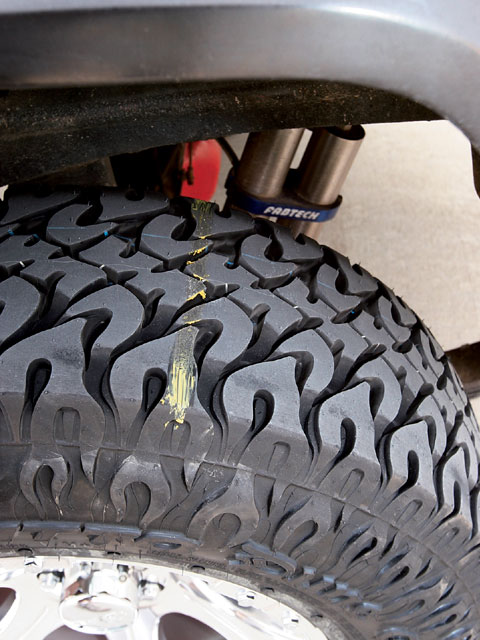
Products like the Crossfire Dual Tire Pressure Equalization System show you if your tires are properly inflated while allowing the higher pressure in the inside tire to equalize with the outside one. This will add to your tires’ overall life expectancy and hopefully save you money in the long run.
Sale
Crossfire Dual Tire Pressure Equalization System, 110 PSI, one per pkg. (CF110STABT)
Did you know that a tire being 20% under inflated will cause at least a 30% loss in the life expectancy of your tire? Similarly, a tire being 20% overinflated will cause at least a 10% loss in your tire’s life expectancy while increasing the risk of a dangerous situation.
You should check your dually tire pressure before setting out on every trip, and when you fill up for gas while on your trips.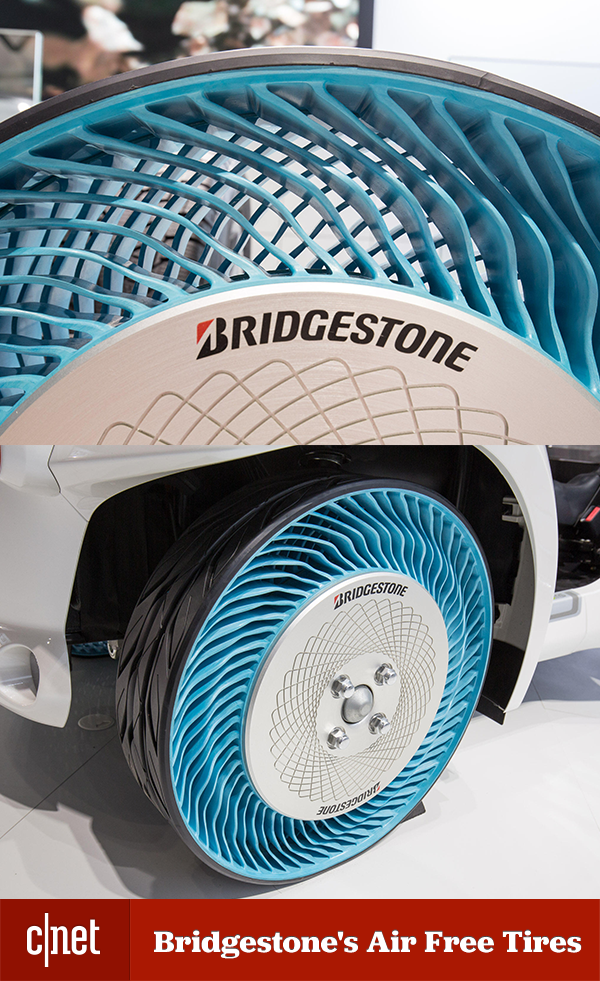 It’s especially important to check if your RV has been sitting still for a while, as dry rot can cause leaks and other issues.
It’s especially important to check if your RV has been sitting still for a while, as dry rot can cause leaks and other issues.
Generally, your RV’s dual tires should be at 80 PSI, and to check the pressure you’ll need to make sure the tire pressure gauge is rated high enough so that you get an accurate measurement. A pressure gauge that is too low will max out without telling you if you’re actually at 80, and one that is too high may not give you an accurate reading.
But before you go and just fill your tires to 80 psi you’ll want to check the owner’s manual of you RV or the placard stating the tire pressure rating for your RVs tires. You should also check on the tire itself what the rating is.
The rating found on the sidewall of the tire will actually state “maximum load-carrying capacity and the minimum air pressure required to carry this load”. This means it’s a good idea to know what your RV actually weighs for each axle when you are fully loaded for a trip, including all passengers.
Tire pressure should also be checked when cold. This is because when you start driving your tires warm up, increasing the air pressure in your tire. Any manufacturer rating from both the tire and RV will be for a cold tire.
A tire pressure monitoring system is exactly what it sounds like – a way to monitor the air pressure of your tires in real time. This is done through the electronic system that sends periodic reports to the main console and will also alert you of any potential issues.
A sensor is mounted in each wheel or as part of your anti-lock braking system (depending on the model), and these sensors are what monitors your tire pressure,
These systems are fairly pricey up front, but they will save you a lot of money and time on the back end by allowing you to keep your tires inflated at the ideal pressure and therefore reducing the wear and tear on them.
Some monitoring systems will only track pressure while others will also give you information about temperature. The EEZTire-TPMS6 system will give you real-time updates about both while also providing audio and visual alerts to any problems, and it’s one of the highest-reviewed monitoring systems on the market.
The EEZTire-TPMS6 system will give you real-time updates about both while also providing audio and visual alerts to any problems, and it’s one of the highest-reviewed monitoring systems on the market.
EEZ RV Products EEZTire-TPMS6ATC Real Time/24x7 Tire Pressure Monitoring System - Color Monitor + 6...
The most costly parts of RV ownership are repairs and maintenance. That’s why I recommend learning to do your own RV repair and maintenance.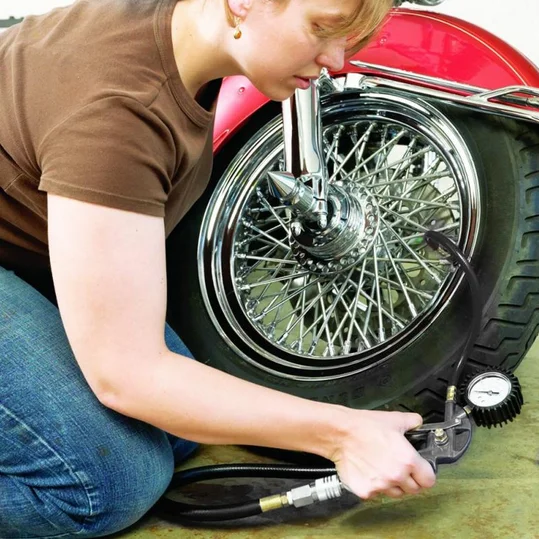
The Fix It Yourself RV Maintenance Course is the perfect way to learn how to do the most common repairs and maintenance on your RV. A Certified RV Technician wrote and filmed the course so you know the information is actually correct.
Plus it’s downloadable so you can access it from anywhere, even when boondocking in the middle of nowhere with no service.
Find out more about the best RV Maintenance and Repair Course available!
Learn to Fix Your RV Yourself
Closing ThoughtsNow you know how to inflate dual RV tires and why it’s important, and hopefully, you’ll be more confident the next time you get ready for a trip. Just remember to use a compressor with a high enough PSI, choose your valve stem extender wisely, and don’t be afraid to take the outside tire off in order to get the inner valve stem positioned where it’s supposed to be.
| Preview | Product | |
|---|---|---|
EEZ RV Products EEZTire-TPMS6ATC Real Time/24x7 Tire Pressure Monitoring System - Color Monitor +.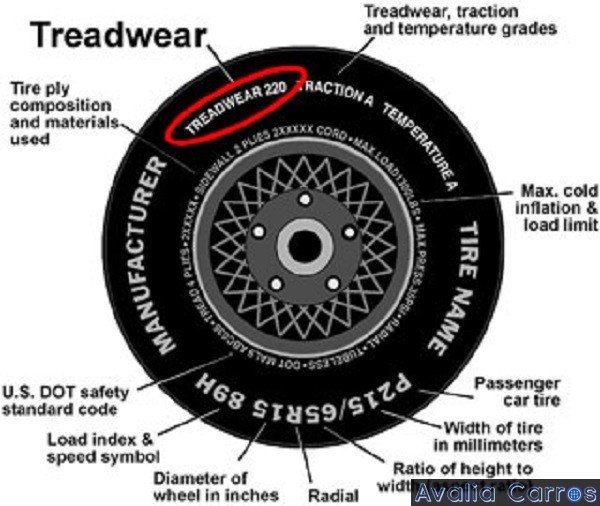 .. .. | Check Latest Deals | |
| Crossfire Dual Tire Pressure Equalization System, 110 PSI, one per pkg. (CF110STABT) | Check Latest Deals | |
CKAuto 6 Pack 45 Degree 90 Degree 135 Degree Metal Valve Stem Extenders, Universal Valve Stem. .. .. | Check Latest Deals | |
| AstroAI Digital Tire Inflator with Pressure Gauge, 250 PSI Air Chuck and Compressor Accessories... | Check Latest Deals | |
GSPSCN Silver Dual Cylinder 12V Air Compressor Pump for Car, Heavy Duty Portable Tire Inflator. .. .. | Check Latest Deals |
S. Iones, photo of the author
In talking about the winter operation of "Gazelles" we mentioned the problems that arise with the wheels and their fasteners. It turned out that this painful topic worries many, drivers and mechanics offer their solutions.
A car with twin rear wheels has traditionally had difficulty checking pressure and inflating the inner tires. The valves of the chambers of the outer and inner slopes are located in the gap between the wheels, which is rather narrow for the Gazelle. If conventional short valves are installed on the rear wheels, then the outer wheel can be pumped up by pushing the compressor hose into the air vent of the disc or passing it through the next one. With the inner wheel is more difficult. You will have to look for its valve by sticking your hand into a narrow and dirty gap between the wheels.
You will have to look for its valve by sticking your hand into a narrow and dirty gap between the wheels.
The factory solved the problem by installing an extension. On the outer wheels, a bar with a valve fixed with two wheel nuts appeared, connected by a pipeline to the standard valve of the chamber or the inner wheel. If there is no such device, you can buy it and install it yourself. You can also put a flexible rubber extension with an external braid.
Extension vulnerable. When driving with a flat inner tire, and the driver often does not immediately find out about the problem - this does not affect the behavior of an empty car, the tire and the inner wheel chamber are displaced on the disk, and the rigid extension attached to the adjacent wheel comes off. But a flexible rubber extension cord can and will withstand such violence.
Drivers have heard of yet another danger. Any sharp stone or other object thrown from under the front wheel can get caught between the rear ramps and damage the extension tube or hose.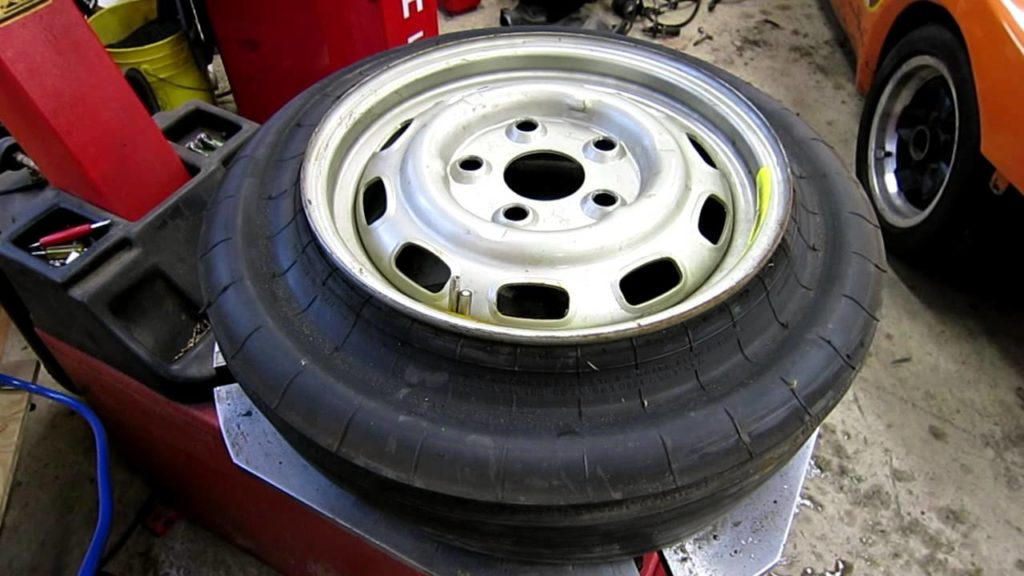 The first thought that comes to mind is to build a protection out of a millimeter-thick plate, but for some reason none of our respondents even tried to do this.
The first thought that comes to mind is to build a protection out of a millimeter-thick plate, but for some reason none of our respondents even tried to do this.
A leaky spool can bring a lot of trouble in any case, however, taking into account the above, on trucks in general and on the Gazelle in particular, this “little thing” should be treated with special attention. In no case should you neglect the installation of protective caps. They prolong the life of the spool and the valve as a whole, and are also able to maintain tire pressure, even if the spool “poisons”. And then, after all, another “rationalizer” will abolish this “unnecessary” detail, and then grabs his head: neither pump up, nor deflate, nor disassemble!
If desired, the wheels can be inflated without extension
As you know, there are two types of caps on sale. One is a more modern plastic one, the second one is of an old traditional design: metal, with a rubber washer-ring inside and “horns” - a key for turning the spool out.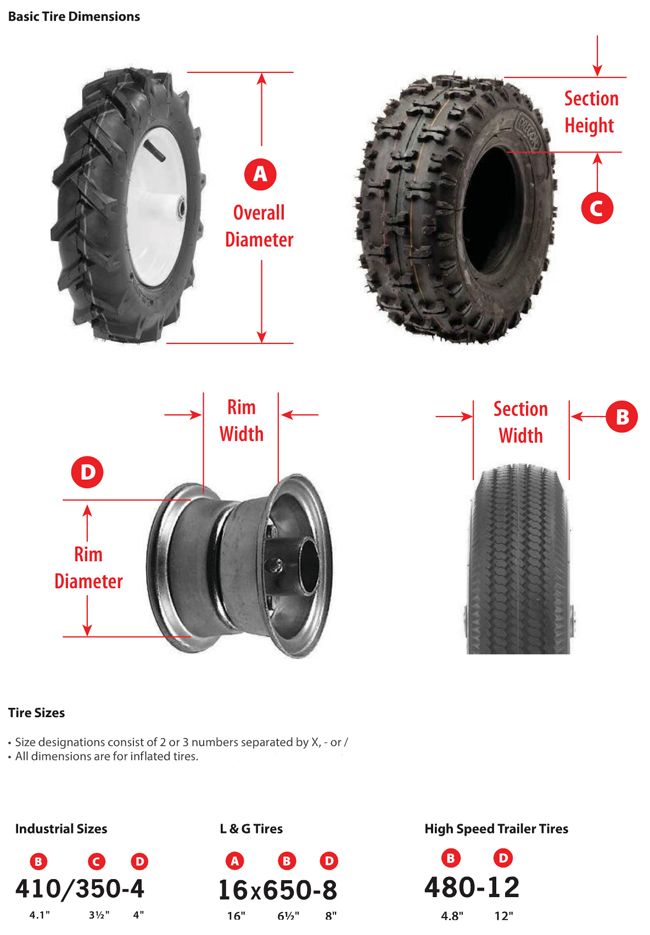 Both those and other caps have their own circle of fans. But in order to be able to unscrew the spool on the road if necessary, it is desirable to have at least one “horned” cap on the wheels.
Both those and other caps have their own circle of fans. But in order to be able to unscrew the spool on the road if necessary, it is desirable to have at least one “horned” cap on the wheels.
Twin rear ramps "Gazelle" are mounted in accordance with modern standards. There are no "futorok", nuts with a "reverse" thread on the left side. There are only studs and nuts, the same as in cars, only larger. By the way, the rim is used deep. Nevertheless, the age-old problem of wheels - the inability to unscrew the fasteners - the Nizhny Novgorod "hoofed" did not pass. This is especially often faced by those who bought a used Gazelle that belonged to not too thrifty owners.
The simplest solution is to put a long pipe on the wheel wrench and with this lever, if not unscrew, then destroy either the stud or the nut. True, the studs of the Gazelle, unlike some passenger cars, are quite strong, and sometimes the slots that keep the stud from turning are crumpled, after which it becomes impossible to disassemble the connection.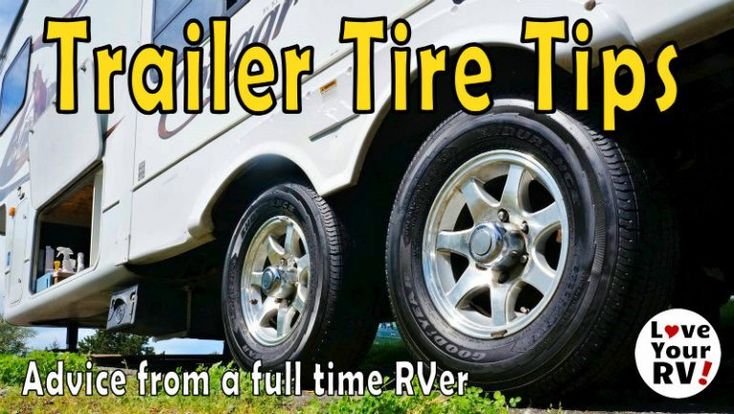 If there is gas welding, the nut is very hot.
If there is gas welding, the nut is very hot.
A more “peaceful” option is to soak the threads with a rust-corrosive compound, such as WD-40, or maybe kerosene or BSK red brake fluid. True, according to mechanics, the “liquid key” works better.
In the end, one way or another, fasteners will win. And what to do so that later the nuts turn away without problems?
If the machine is not very old, and the studs have not had much time to rust, the threads are intact and the factory galvanic coating is still left, it is enough to turn the nuts back. For older machines, it makes sense to replace the studs and nuts with new ones: they are inexpensive, knocked out and inserted easily.
When purchasing new studs, remember that the front and rear studs are different - the latter are designed for twin wheels and therefore longer. In spare parts stores, it is far from always noted on the price tag which particular pin is on the counter. To replace the rear wheel studs, you will need to remove the drum. At the Gazelle, like at the Volga or the old Moskvich, the drums are screwed to the hubs with additional screws. Over time, they lose all ability to turn away. Their hats have to be drilled, cut down with a chisel or burned out by welding. New ones are simply not put in their place, and the drum remains fixed only with wheel studs.
At the Gazelle, like at the Volga or the old Moskvich, the drums are screwed to the hubs with additional screws. Over time, they lose all ability to turn away. Their hats have to be drilled, cut down with a chisel or burned out by welding. New ones are simply not put in their place, and the drum remains fixed only with wheel studs.
Dirt and rust make it difficult to remove the wheel
Among drivers and repairmen, there has long been a discussion about how to tighten the wheel nuts: “dry”, or by lubricating the threads of the studs with oil. The advantage of lubrication is obvious: it provides additional thread protection against corrosion. Experts consider graphite to be the best lubricant for wheel fasteners (or any solid one, both molybdenum disulfite and tungsten disulfide will do, but the latter is already quite exotic. - Ed.). Some drivers are convinced that wheel studs should be lubricated in advance when preparing a new car for operation.
Corrosion of studs and nuts is facilitated by the dirt that covers the outside of the wheels.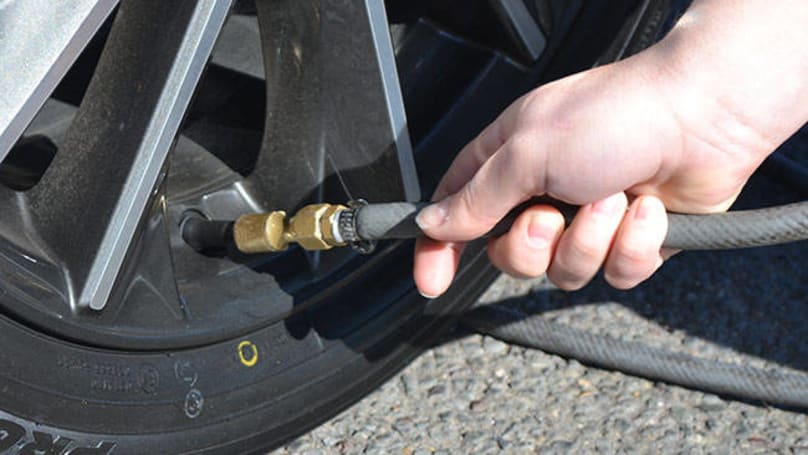 It is believed that wheel caps will help to further protect the threads on the studs. Many install caps just for beauty. For the front wheels of the Gazelle, the plant produces regular painted caps. Those who do not like them come up with their own options. For example, I have seen Gazelles, in which the front wheel nuts were covered with chrome caps from old Zhiguli or GAZ-24. Many cover the "niche" of the rear wheel hub with plastic or tin "pancakes" of passenger caps. Such an ornament is fixed in one way: a hairpin is screwed or welded into the center of the hub cover. The nut at its end secures the cap.
It is believed that wheel caps will help to further protect the threads on the studs. Many install caps just for beauty. For the front wheels of the Gazelle, the plant produces regular painted caps. Those who do not like them come up with their own options. For example, I have seen Gazelles, in which the front wheel nuts were covered with chrome caps from old Zhiguli or GAZ-24. Many cover the "niche" of the rear wheel hub with plastic or tin "pancakes" of passenger caps. Such an ornament is fixed in one way: a hairpin is screwed or welded into the center of the hub cover. The nut at its end secures the cap.
According to experts, this hairpin is dangerous. If you happen to lose the cap or simply do not put it on, a bare hairpin can seriously injure the legs of a person who accidentally happened to be near the car (not necessarily moving). The risk of such an incident is especially high for Gazelles working in a fixed-route taxi.
What's more, international regulations dictate that trucks must not have fasteners protruding openly from the wheels. This applies not only to the central stud, but also to the nuts of the front wheels, which protrude strongly from the Gazelle. All modern trucks have nuts on the front wheels covered with special protection. It is in order to close the nuts and fit into international standards that GAZ puts caps on the Gazelle. Pay attention to the device of a standard cap: its middle with a fixing nut is recessed, and the nut itself is of a closed type.
This applies not only to the central stud, but also to the nuts of the front wheels, which protrude strongly from the Gazelle. All modern trucks have nuts on the front wheels covered with special protection. It is in order to close the nuts and fit into international standards that GAZ puts caps on the Gazelle. Pay attention to the device of a standard cap: its middle with a fixing nut is recessed, and the nut itself is of a closed type.
After loosening all the nuts, the next question arises: remove the wheels. There are no problems with new ones, but how to tear off the rear wheels that have rusted to each other and to the hub? Here it is already impossible to do without "power" methods. And the drivers offer an extensive range of facilities. According to those who have encountered this problem more than once, the inner wheel usually “sours” to the drum more than the outer one to the inner one.
One of the proposed options for tearing off the wheels is as follows. First of all, we install the car raised by the jack on reliable supports that will not allow it to fall. We take a mechanical jack with a carrying capacity of 1.5–2 tons, for example, a standard screw jack with a ratchet from UAZ. Also, a rhombic jack will do. We rest against the shock absorber bracket with the upper support, and with the sole against the wheel slope, and jack both wheels off the hub. True, there is a risk of tearing off the shock absorber bracket, especially on an old car.
We take a mechanical jack with a carrying capacity of 1.5–2 tons, for example, a standard screw jack with a ratchet from UAZ. Also, a rhombic jack will do. We rest against the shock absorber bracket with the upper support, and with the sole against the wheel slope, and jack both wheels off the hub. True, there is a risk of tearing off the shock absorber bracket, especially on an old car.
Other drivers suggest pouring a liquid between the wheels that can defeat rust, for example, BSK “brake” or diesel fuel: a lot of both will be needed, maybe about a liter. And rubber from their use will not become better. Is it possible to throw it away anyway ... Next, we tap the rim through the drift first from one side, then from the other, hoping to “swing” the pairing.
Some people try to break the wheels of the Gazelle like the brake drums of the Zhiguli. The wheel nuts are unscrewed from the wheels themselves and left “baited” at the very end of the thread. Having hung out the rear wheels, start the engine, then, making sure that there are no people and other cars nearby, spin the wheels several times, including either first or reverse gear, and brake. The success of such an event is doubtful: all Gazelles are not Zhiguli.
The success of such an event is doubtful: all Gazelles are not Zhiguli.
There is a difficult and time-consuming option: remove the hub and brake drum together with the wheels, and then tear the wheels apart and from the drum is no longer on the car. Note that it is good only if there are means of mechanizing the process - at least a tire changer, and preferably a solid press. Because otherwise, the question arises of how to fix the entire block. The last resort is to heat the disk by welding.
Once you have gone through all the pain of removing the wheels, you will inevitably wonder what to do so that the wheels can be removed easily next time. Most of the respondents agreed that the mating surfaces of the wheels, especially the inner wheel and drum, should be liberally lubricated with graphite. One of the drivers suggested using gaskets cut from a plastic bag. This simple addition will avoid contact between metal planes, and the wheels, according to the author of the "invention", can then be removed without any effort. Note that automakers have been honing this knot for many decades, but no one uses gaskets in this place.
Note that automakers have been honing this knot for many decades, but no one uses gaskets in this place.
The design engineer, having got acquainted with the "folk" means, advised ... just paint the wheels. But do not "blow out" the complete wheels, but disassemble them. And already bare discs are sandblasted, primed, painted and dried in the chamber. In addition, use special enamel for discs: it is commercially available. But it seems easier to buy new well-painted wheels in the store. This, among other things, may be even cheaper.
We will stop here. After all, it is impossible to embrace the immensity. But to this topic, as to all others, we are always ready to return.
Please enable JavaScript to view the comments powered by Disqus.
Part of our round-the-world trip by car is described here. Other reports are easy to find by clicking on the reports tag.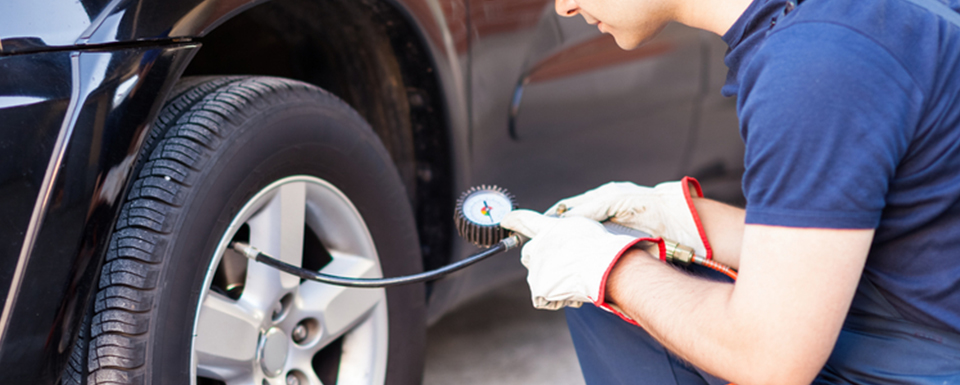 Everything is described there in order, starting from the start in Moscow, through Europe and Africa to the States.
Everything is described there in order, starting from the start in Moscow, through Europe and Africa to the States.
______________
Having sent friends and a car, Oleg and Oksana stay in Le Havre to wait for their ship. Great chance to catch up on reports!
But before sailing, one more problem must be solved - alcohol. The import norm into the States is a liter per nose, regardless of the degree. And not only do we bring four vodkas from Russia, we also stocked up quite well along the way. Well, you probably read the reports about Cognac and Sherry :). So, we have two options - either drink it all, or pour it out. Although no, it seems there is a third option! What if we left the vodka for gifts, as planned, and mailed everything else home?
Going to the post office:
- Can I send alcohol?
- Yes, no problem.
- And how much can you?
- Yes, as much as you want!
- Will you deliver to Russia?
- Yes, we will deliver in a week.
- How much will it cost?
- 40 euros.
Well, they obviously embellished about the week, but we have nowhere to hurry - we are going to collect the package. We buy and pack a lot of cool clothes to the heap - and the bottles were wrapped in soft and the family, it turns out, was taken care of. It turned out a decent box - 4 kilos.
The whole day they ran with her in the heat, eventually they sent her away, but they got tired. It is unusual somehow to walk so much on foot, without a car. We barely trudge towards the house, but we never reach it, frozen at the signboard "Stella Artois". They caught each other on the fact that both of them want this beer, and immediately! We go inside - there is no Stella, but there is Pauliner. What a bummer, because we already tuned in to Stella! No, we will not back down and we will definitely find her, but for now, what to do, let's have your Pauliner.
The street leading from the hotel is so densely lined with bars that there is, in fact, a pub in every house.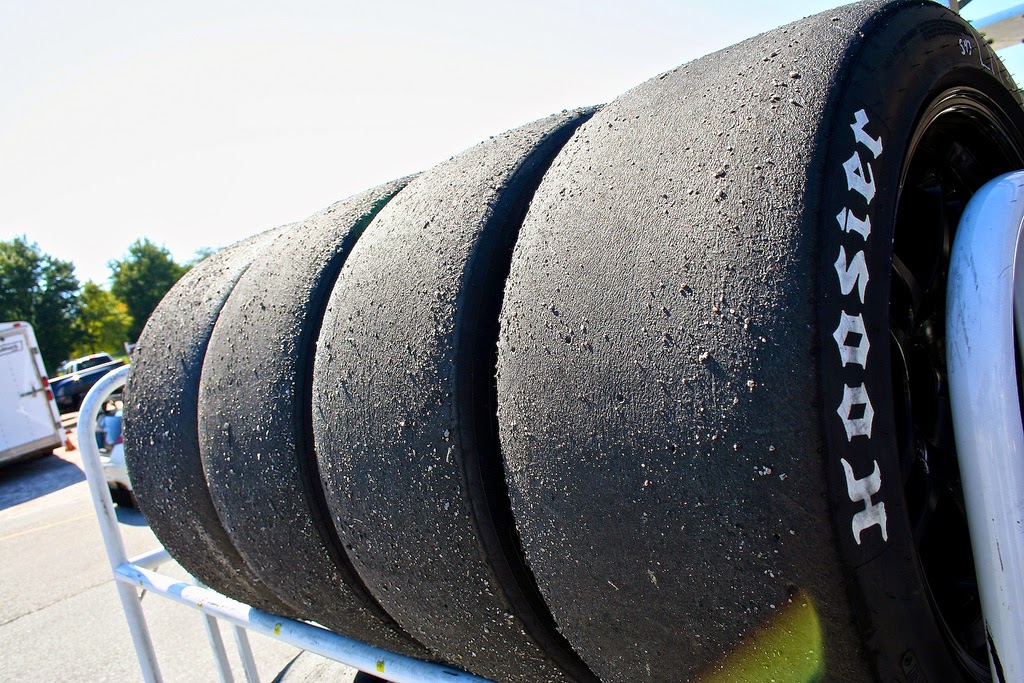 Well, let's go! We go to the following institution:
Well, let's go! We go to the following institution:
- Is there a Stella?
- No.
- What is there?
- Heineken.
- Pour it.
After the fifth bar, the goal of the trip, to drink Stella, already pales before another, more grandiose one - to go around all the bars on the street, drinking in each a mug of their branded beer. There are dozens of establishments here, but the task is simplified by the fact that beer glasses in France are small, 250 grams each, and at the same time there are two of us. So if you go slowly, then by the evening you can manage. Which is what we do. According to the law of the genre, Stella ended up only in the last bar. By that time, we had become so sociable that we quickly became friends there with the owner of the establishment, his son and other visitors, who flatly refused to let us go any further.
- Another glass for the traveler on the house! - the owner treats Oksana so that she does not drag Oleg home.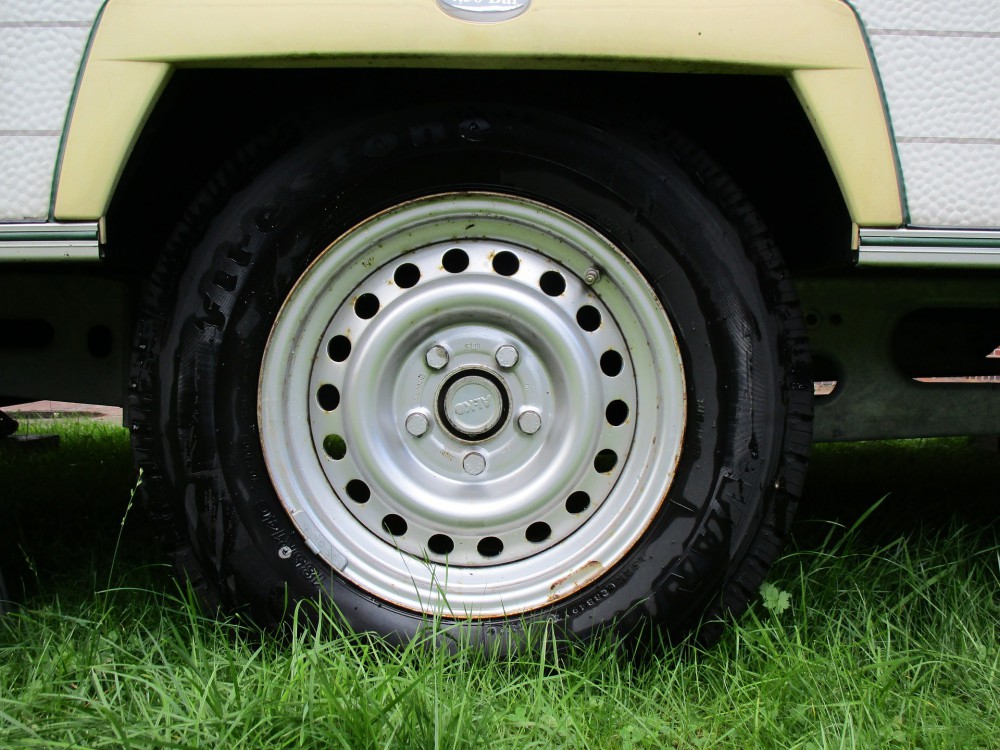
Barely escaped from the strong French hugs and immediately lullabies.
In the morning there is a knock on the door. A young man of our age stands on the threshold, says that he is sailing with us and offers to cooperate in order to save on a hotel and a taxi. The fact is that the checkout is tomorrow at ten in the morning, and we have to go to the ship by ten in the evening. There is nowhere to put things, and if we extend the number, then they will charge us for an extra day. So he offers to leave one number for all, so as not to pay extra money. Well, we're all for it!
Getting to know each other. His name is Christian, he is sailing with his girlfriend Franziska. Both are German, but Chris has one foot in the States and even holds dual citizenship. So they decided to travel around America all summer on a motorhome.
- Painting? - Oleg asks, looking at the huge thing that Chris has locked up.
- This is a solar battery. In the States, it costs six hundred bucks, and in Germany - one hundred euros.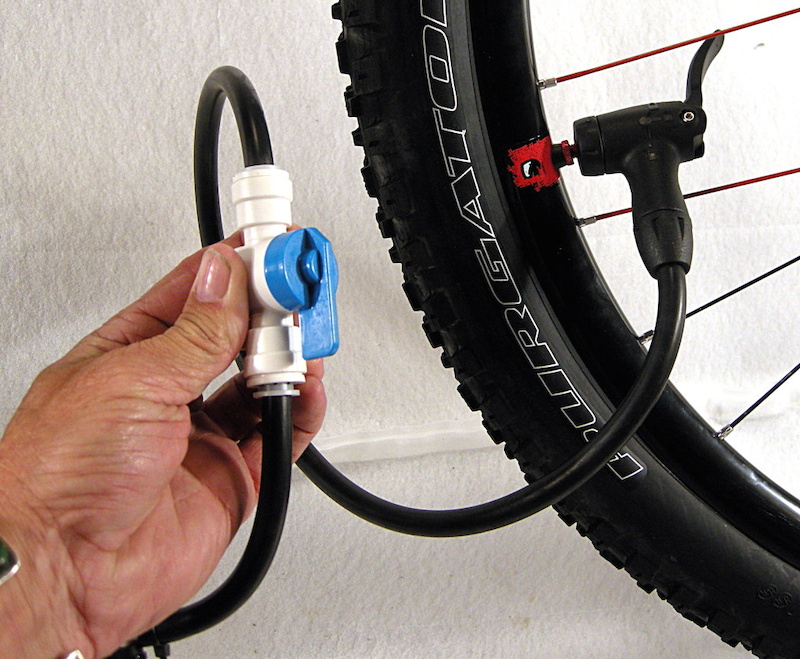 I'll put it on the roof of a motorhome and pump free electricity.
I'll put it on the roof of a motorhome and pump free electricity.
Chris plans to build his own motorhome from scratch. The budget is ten thousand dollars. Half the cost is the van, half the furniture. All this will be bought, of course, on the spot, only the battery will have to be brought from Europe.
In the evening they promise to send a car for us. We leave at the appointed time and wait. Something has been moved somewhere, so you have to wait more than an hour. We sit in the lobby, Oleg tells the guys about the encounter. Neither in Germany nor in the States have they heard anything like this, so they can’t even believe that such a risky event is really possible in real life. Finally, a minibus stops at the entrance - it's behind us.
The port is a special zone, both in terms of customs and security. Cranes are working all around, loaders are driving, containers are moving back and forth overhead. Therefore, no one walks in the port - everyone drives cars, strictly along marked paths, like at airports.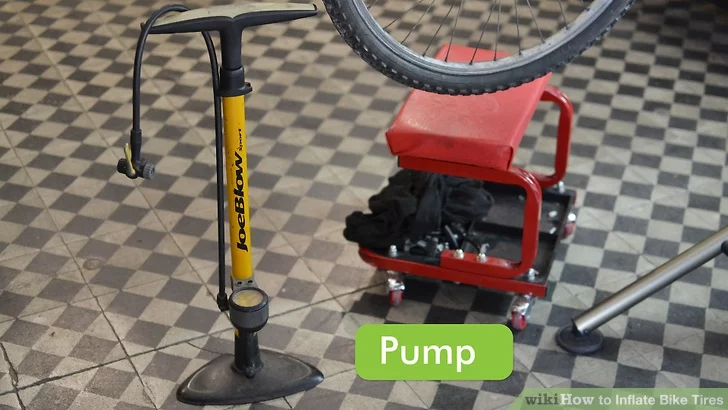
The driver must be aware of the safety rules and the traffic pattern, so the access to the territory has a limited number of cars. Including taxis, which are also forced to obtain special permits, which is why their services immediately become more expensive. Our driver presents his documents, passports of passengers, after which the car is let through and we drive right up to the ship.
The sailors take our suitcases and lift them on board. We are following them. There are only seven tourists, so the team knows in advance who's name is and who will live in what cabin. The ship is a cargo ship, and there are very few cabins. Some are occupied by the crew, some by officers, and only a few are usually empty. They are designed for casual guests and accompanying cargo, and one cabin is for the owner of the vessel. They decided to hand them over to passengers like us. When we booked our place, all the cheapest options were sold out, so we had no choice but to take the only remaining cabin of the owner. Of course, we expected that we would get something quite comfortable, but all the same, in our imagination, the cabin on a cargo ship should have been small, dark, with folding berths and metal walls. Approximately as in the movie "The Matrix" on Novohudonosor. Therefore, we were very surprised when we got into a huge bright apartment with a large entrance hall, a hall that can accommodate a dozen guests and a large bedroom.
Of course, we expected that we would get something quite comfortable, but all the same, in our imagination, the cabin on a cargo ship should have been small, dark, with folding berths and metal walls. Approximately as in the movie "The Matrix" on Novohudonosor. Therefore, we were very surprised when we got into a huge bright apartment with a large entrance hall, a hall that can accommodate a dozen guests and a large bedroom.
The windows are on two sides - sideways and forward, and the cabin itself is located on one of the upper floors, thanks to which it has an excellent view of the deck and the ocean.
We settle down, look around. In general, everything looks like in a good hotel (perhaps the best of those where we stayed on this trip).
But every little thing reminds us that we are on a ship.
First, windows and doors. All of them, except for interior ones, are hermetically sealed. First thought: "We are at the level of the seventh floor! Are there really such high waves in the ocean?" Then we will see how in bad weather the wind carries small sprays with it, and if at such a moment the window is not tightly closed, then a puddle will form around it.
The second feature is that all doors, drawers, and even the refrigerator door are locked. Moreover, if at night you forgot to close the toilet, and pitching began, then the door will block in the open position.
All shelves are designed so that nothing can fall on the floor. The TV, stereo, and even the chairs are all either strapped in or have loops to secure them in case of pitching.
Opening the cabinet. There are life jackets and dry suits for the most extreme case. We hope they don't fit.
Meanwhile, the ship lives its own life - port cranes load containers on board, the crew fastens them with metal braces, and we stare at everything through the open window, not completely believing what is happening.
Until recently, we were in a hurry somewhere, solving complex and urgent issues, and then suddenly we found ourselves on a ship where everything goes by itself, and nothing is required of us except to come to eat on time.
The food on board is very correct: a hearty breakfast at seven in the morning, lunch at 12, and a purely symbolic dinner is served at five o'clock. They cook very tasty, but once for all - eat what they gave, if you don’t like it - go hungry. We like everything.
They cook very tasty, but once for all - eat what they gave, if you don’t like it - go hungry. We like everything.
At dinner it is customary to talk about the weather, swimming, whales, different countries, but since all the officers are Germans, their conversations are also German. Only sometimes they catch on and translate for us briefly into English.
During lunch, you can order something from the ship's warehouse from the captain. But no one will go into the hold for the sake of one bag of juice, so if you want beer - take a case right away, if you want to smoke - take a block. But the prices are very reasonable, as they sell here for their own, and all goods are duty-free. A box of real Czech or German beer, for example, costs 12-13 euros, and a block of cigarettes - from eight. Without thinking twice, we decided to start with Czech.
If someone prefers a healthy lifestyle to beer, then there is a gym with exercise equipment, a tennis table, a sauna, and even two swimming pools for him. True, the water in the pool is taken from the sea, and there are now 10-15 degrees, so no one wants to.
True, the water in the pool is taken from the sea, and there are now 10-15 degrees, so no one wants to.
We decided to regroup and get up together with the team - early in the morning. And you don’t want to skip breakfast, and it’s always interesting to meet people in the dining room. They put heroic portions, and we, unlike sailors, do not have any physical activity. The first days we tried to eat up everything, so as not to accidentally offend our cook - Filipino. But then, however, changed their minds. They began to ask for halves of dishes and go to the gym, but it was too late - the clothes began to squeeze at the waist.
People on the ship are divided into two ranks: crew and officers. They have different canteens, different rest rooms, and in general the living conditions are different. We, tourists, were equated with officers, with the only difference being that the officers work here, and we rest. We can do whatever we want and climb anywhere except the captain's cabin and the engine room, and even there, too, if you ask permission.
Of course, the first thing you want is to the captain's cabin - to steer.
And the captain doesn't even mind, but in the open ocean, control comes down to just pointing the course on the computer.
The automation does the rest, and the captain is supposed to look thoughtfully into the distance, scratching his chin.
In the canteen Oleg offers other tourists: "We have a box of cold beer - come and get acquainted!" There is enough room in our cabin to accommodate all the guests, but the captain suggests using the meeting room, which is now empty. He usually communicates with the customs officers there, but we will not arrive at the nearest port anytime soon. Everyone pulls up after dinner. In the bar cabinet we find everything necessary for fruitful communication with customs officers - glasses, glasses, bottle openers. Very handy.
We communicate. It can be seen that there are no random people on the ship - everyone is a star in some way. Take Zara for example. This modest girl sitting next to Oleg turned out to be an art designer. Her works are exhibited all over the world and even in Moscow there was an exhibition. Zara shows her installations on a MacBook. Interestingly, half of them are dedicated to the fall of the Berlin Wall.
Take Zara for example. This modest girl sitting next to Oleg turned out to be an art designer. Her works are exhibited all over the world and even in Moscow there was an exhibition. Zara shows her installations on a MacBook. Interestingly, half of them are dedicated to the fall of the Berlin Wall.
- When the Berlin Wall was broken, I couldn't believe what was happening, - picks up the topic Wolfgang, a doctor from Berlin, sitting on the other side of Oleg, - I went there, there were a lot of people. And there were people from other Germany. They, too, were dumbfounded and could not believe their eyes. Strangers from different sides of the wall hugged like relatives right on the street. Then I went, found a random otherworldly person and said to him: "Come to visit me, I will introduce my family, show how we live, and you will tell us about yourself"
Wolfgang used to work for the German Doctors for the Third World. In those days, he traveled half the world - Africa, Asia. He told how he operated on the natives with improvised means, how he removed dozens of their teeth without anesthesia, how he climbed on foot through some jungle, how he encountered various diseases. He is now retired and trying to travel around the rest of the world.
He told how he operated on the natives with improvised means, how he removed dozens of their teeth without anesthesia, how he climbed on foot through some jungle, how he encountered various diseases. He is now retired and trying to travel around the rest of the world.
The humblest among us is Michael, a Canadian priest who stands aside. He wanted to experience again those feelings that overwhelmed him in his youth, when he moonlighted as a student on a ship and sailed the Great Lakes.
And the beer still won't run out. We are not the only ones, it turns out, stocked up on the road with a box of pilsner.
Difficulty sleeping at night. Rolling began and if you close your eyes, then the imagination draws an epic picture of how our ship is struggling with huge waves in the vast expanses of the ocean. True, if you approach the window, then the waves turn out to be not so big, and the ocean is not so scary.
Constant rocking is like an escalator in the subway. It is very difficult for people who step on a moving belt for the first time in their lives to keep their balance and not fall. Then everyone gets used to it and walks without looking under their feet. But if suddenly one of the escalators stands still, then stepping on it you experience a strange feeling. This is the feeling we will experience in a week, when the pitching is over. But more on that later.
It is very difficult for people who step on a moving belt for the first time in their lives to keep their balance and not fall. Then everyone gets used to it and walks without looking under their feet. But if suddenly one of the escalators stands still, then stepping on it you experience a strange feeling. This is the feeling we will experience in a week, when the pitching is over. But more on that later.
In case of seasickness, we stocked up on drugs for motion sickness, but, fortunately, we managed without them - none of the tourists got sick. Still, the larger the ship, the less it pumps, and our ship is far from small - more than two hundred meters in length. Soon we stop noticing the pitching - we do not knock on the walls in narrow aisles and even calmly play table tennis.
Every time after a meal or before going to bed we always go for a walk around the ship. The weather overboard changes very often and quickly. It can be sunny in the morning and rainy and windy in the evening, but the most common occurrence is fog.
In times of fog and wind, even a short walk is enough to get you wet to the skin. And the salty wind cleans your face so much that it burns for a long time afterwards. Sailors generally wrap themselves entirely, leaving only their eyes. Goggles are put on top and this is the only way they go on deck.
This is where the German military uniform came in very handy, which was provided by the travel partner - the store "Kladovka". Unlike the camouflage camouflage that is sold in overalls, the German uniform is made by the Germans for the Germans, so it is practical and pleasant to wear. It's good that we thought to bring her on board.
While walking we try to find a container with our car. We don't know what he looks like, but we do know his number. True, our searches are in vain - there are almost a thousand containers that rise five floors above the deck and still go down five levels. You can safely examine only a small part of them, and the rest are either too high or too deep.
Walking is interesting and a bit scary.
The worst thing is to go up on the nose and look down.
On those rare days when there is no fog, sunrise and sunset are especially beautiful.
Clocks are changed every day on board. In 10 days we plan to sail six time zones, but it’s more convenient for everyone to first live in French for a while, and then add an hour every day until the clock shows New York time.
Here, as in aviation, everyone is obsessed with safety. True, it often happens with airplanes that at first passengers are told in detail how to use rescue equipment, and then a real emergency happens and it turns out that this equipment does not work - no one bothered to check it on the ground. On our ship it's exactly the opposite. The entire briefing consisted of the phrase: "When the alarm goes off, grab your vests and run to the boat. That's all you need to know about safety."
But the team is constantly training.
For ten days while we were sailing, the ship carried out one total check of rescue equipment and two drills - general and fire. They are not too lazy to regularly start the engines of lifeboats and rehearse the evacuation of the entire ship.
It is much easier to evacuate people from a cargo ship than from a cruise ship. There are only about twenty of us on board, and in which case we can easily fit in one boat. The main boat looks a little unusual - it stands on inclined rails and is hermetically sealed.
The fact is that in case of distress it is very important to quickly launch it into the water, so it does not go down as usual with cables, but simply falls into the water, slipping off the inclined guides. This method is much more reliable than the traditional hanging of the boat overboard on cables, besides, it is an order of magnitude faster - a few seconds and the boat sailed away.
Yes, you have to fall from the height of the fifth floor, but firstly, the water softens the fall, and secondly, the people in the boat sit in a safe position, with their backs forward. Everyone is fastened with belts and even the head is fixed, so this way of leaving a sinking ship is considered safer and more reliable today.
Everyone is fastened with belts and even the head is fixed, so this way of leaving a sinking ship is considered safer and more reliable today.
Do you know what color the black box really is?
By the middle of the voyage, we managed to inspect everything on the ship, except for the engine room. Everyone is very interested in looking inside, and Wolfgang goes to ask the captain for permission. Having received the good, together we go down inside.
The ship is propelled by a gigantic diesel engine with 28,000 horsepower, which at full speed makes only one revolution per second, turning a propeller the size of a two-story house. The motor and propeller are connected directly, without any gears and clutches. To stop the ship, you need to stop the engine, and if you need to back up, the engine is started in the opposite direction. The ship's engine is also started in an unusual way - by supplying compressed air to one of the cylinders, and the direction in which the engine starts to rotate depends on the choice of the cylinder.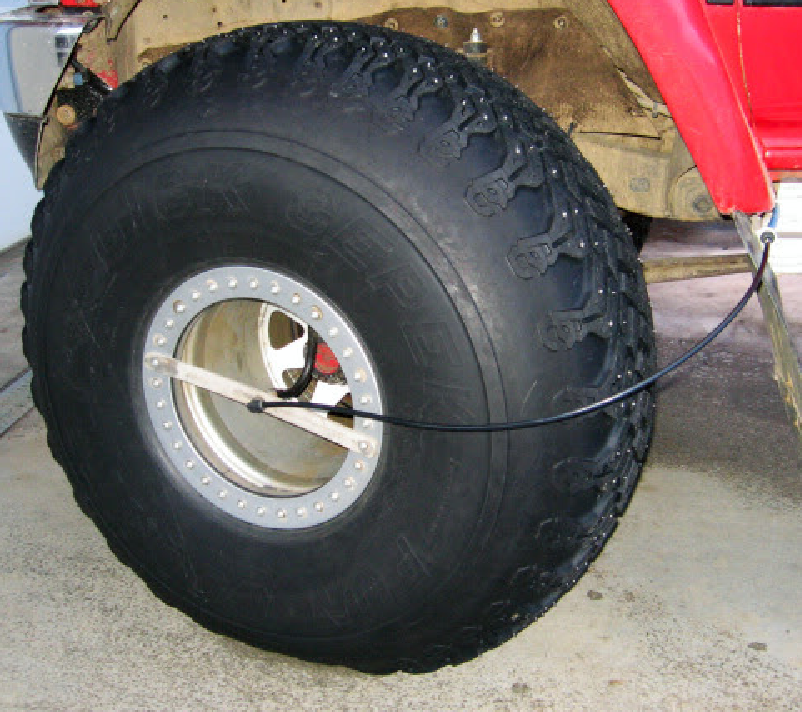 The supply of compressed air is enough for 3-4 launches in a row, but this is enough, because the ship sails in the open ocean, does not maneuver at all and moves in one direction for weeks.
The supply of compressed air is enough for 3-4 launches in a row, but this is enough, because the ship sails in the open ocean, does not maneuver at all and moves in one direction for weeks.
Due to the sheer size of the ship's engine, the engine room occupies four floors. On the top floor are nozzles through which fuel is injected into the cylinders.
One floor below - valve. They can be observed through transparent glasses. The roar, by the way, is incredible. The engine is running!
Even lower are the working cylinders.
At the very bottom is the shaft that turns the screw.
There are always several mechanics in the engine room who always have something to do. For example, today one of three diesel generators is being repaired.
Now, when we go to bed, closing our eyes, we can distinguish the sound of the motor in the general hum.
It's noticeably warmer outside. The fog has intensified, but the sun is hot even through it.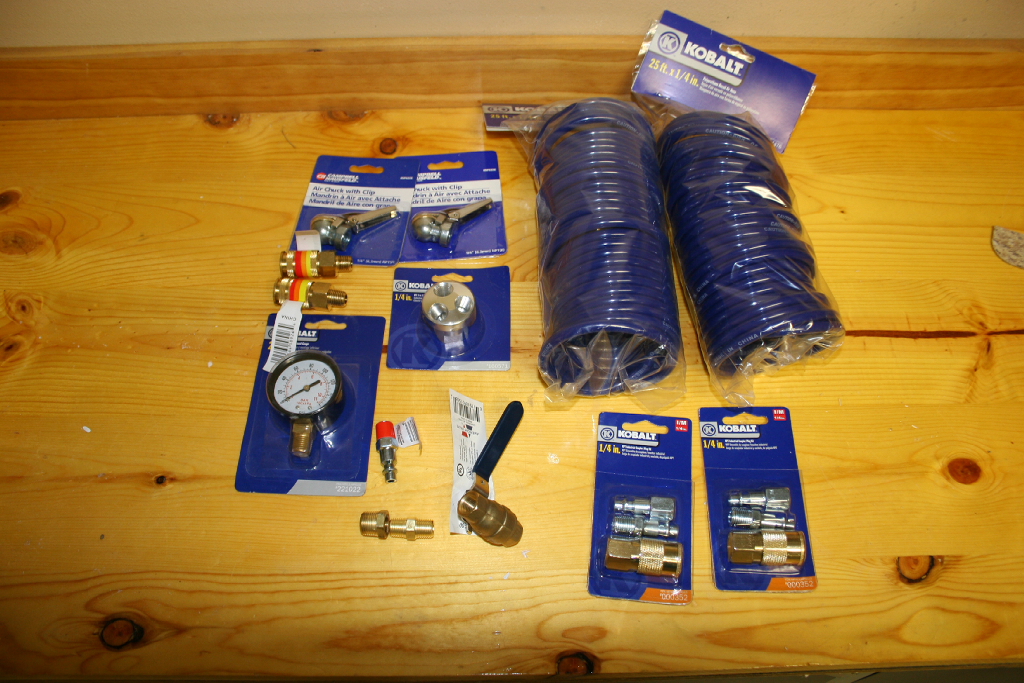
It's 30 degrees in New York and we're probably getting closer. Zara says that cigarettes in the States cost 10 euros per pack - I wonder if Lesha knows about this? There is no connection with him, but it is unlikely that cigarettes can cost less than a dollar a pack anywhere else. At our own peril and risk, we decide to buy him a couple of blocks, because in the waters of the United States our hold will be sealed, and it will be too late.
Dr. Wolfgang invites us to watch a film he shot and edited while he was swimming. Now that's efficiency! That's who we need to take an example in writing reports! Enjoy watching and copying.
The next night Oksana wakes up because the rocking has stopped. Wow, so we managed to get used to it! We look out the window - shallow water, and therefore does not shake. The fog has lifted and New York is on the horizon!
Just the most beautiful - just starting to get light. We get dressed and go upstairs to stare. And everyone else is already there.
And everyone else is already there.
The first thing people see when they arrive in New York by sea is the Statue of Liberty. We knew this and waited for her to appear. But it turned out that it has long been visible, it's just small and merges with the background. Who would have thought that she looks more majestic in the TV set.
In any port, a ship of our size is like an elephant in a china shop. Large ships are able to somehow maneuver only in the open ocean, and in tight spaces they have to use the help of tugs.
There are already two of us grazing under the American flag.
Immediately upon arrival at the port, unloading begins - not a minute is lost here.
But it's too early to lower the ladder - you have to wait until the border guards start working.
We have heard a lot about how strict passport control is organized in the USA, but in our case everything went quite like home. After nine in the morning, two officers boarded, sat on a sofa in the rest room and began to communicate with everyone.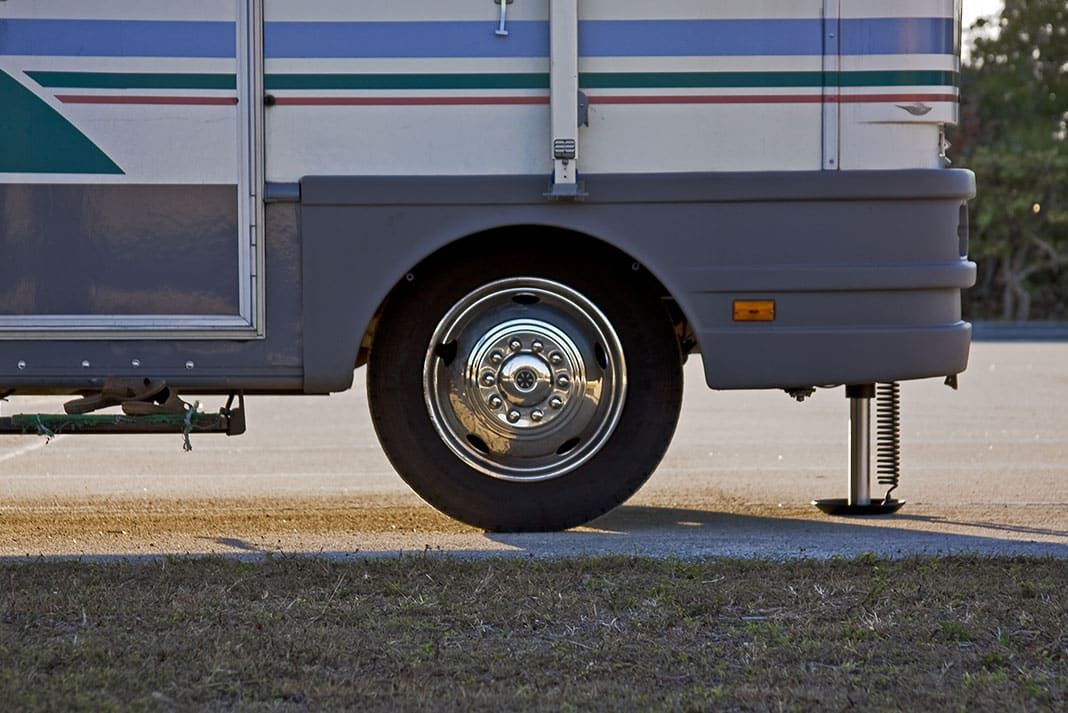 "Are you going around the world? What are you saying, it's great! Isn't it expensive to carry a car with you? Maybe it was easier to rent it? And then where, to Mexico? Look, be careful there, it's very risky." - the officer, smiling, gives the stamped passport.
"Are you going around the world? What are you saying, it's great! Isn't it expensive to carry a car with you? Maybe it was easier to rent it? And then where, to Mexico? Look, be careful there, it's very risky." - the officer, smiling, gives the stamped passport.
Yulia and Lesha sent a text message that they had settled near the port - two kilometers away. So that's great! Now we can go ashore, and we just have to somehow get out of the port area. Just like in France, you can’t walk here - only by car with a pass.
Waiting for a taxi and going ashore. Like last time, we decided to cooperate. We explain to the taxi driver that Oksana and I need to be taken to the hotel, and Chris and Francisca - to the car rental, which, in fact, is located at the exit from the port. The taxi driver announces the price: forty dollars to the rental and another eighty - to the hotel. And that's in five minutes! Of course, we are upset by the price tag, but we were ready for such a turn, and Chris - he just loses his temper.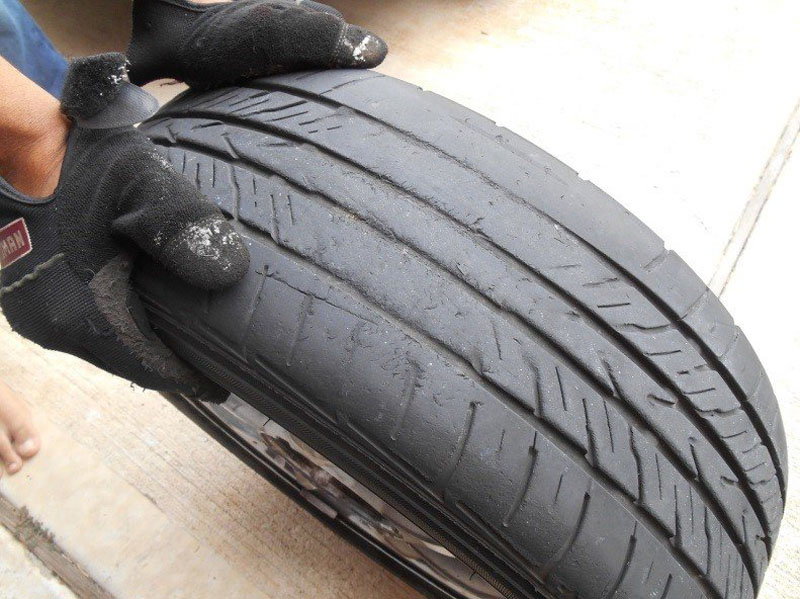 He is a local and knows that such a service should cost a maximum of twenty, so he begins to argue and swear with the taxi driver, not embarrassed by the expressions "bulshyt" and "bastad". The taxi driver ignores all insults and stands his ground without losing a cent. Chris is furious. We try to calm him down and offer a compromise. Come on, they say, we'll chip in twenty and together we'll get to the rental. There we will release the taxi driver, and Chris will take the car and drop us off at the hotel. This option suits everyone, and we decide to go.
He is a local and knows that such a service should cost a maximum of twenty, so he begins to argue and swear with the taxi driver, not embarrassed by the expressions "bulshyt" and "bastad". The taxi driver ignores all insults and stands his ground without losing a cent. Chris is furious. We try to calm him down and offer a compromise. Come on, they say, we'll chip in twenty and together we'll get to the rental. There we will release the taxi driver, and Chris will take the car and drop us off at the hotel. This option suits everyone, and we decide to go.
- Then it will be eighty before the rental, says the taxi driver who overheard our conversation.
Everyone is speechless for a moment, after which Chris says:
- Do you want me to kiss you?
- What?
- Do you want me to kiss you on the lips again? - climbs to kiss the taxi driver. He shivers.
- Don't like it, go on foot! - the taxi driver knows perfectly well that you can’t walk in the port, and a taxi with a pass is a rarity.